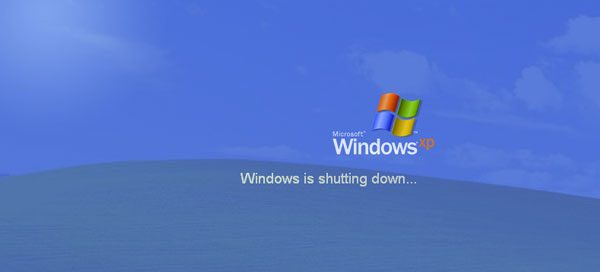Despite a recent announcement of one more year of antimalware support, Microsoft will end most support for its Windows XP operating system. If you’re still using the 13-year-old OS, this means security patches, service packs, and exploit fixes will end — and cyber criminals can renew their attacks on your now-vulnerable system.
Just last week, Microsoft did announced limited virus warnings for Windows XP through 2015 — but also emphasized that the effectiveness of any anti-virus solutions running on the unsupported operating system would be limited at best. As a Microsoft blog on the subject said, “Running a well-protected solution starts with using modern software and hardware designed to help protect against today’s threat landscape.”
Wondering whether your business should upgrade to Windows 7 and Windows 8? Only if you want to enjoy more than a decade of product enhancements and proven customer benefits Curious about what will happen if you decide to stick with Windows XP past April 8th? Further malicious infections, increased IT costs, severely inhibited capabilities. We’ve written in the past about how to deal with XP’s death in the past. But with the official end arriving in less than 90 days, that need is even more pressing.
Here’s how waving goodbye to Windows XP and embracing Windows 7 or Windows 8 will save you money, boost your business’ performance, and avert risk to your tech systems:
- First, the most important advantage: upgrading from XP can reduce costs, decrease troubleshooting hours, and produce a tangible return on investment. Research co-sponsored by Microsoft and IDC found that the annual IT and end-user labor cost for a PC running Windows XP was $870. The same cost for a PC running Windows 7? $168. That represents a savings of 80%.
- The same study found that a $1,000 investment in Windows 7 produced a net return on investment (ROI) of $700 in 24 months and $1,400 in 36 months. Meanwhile, NOT upgrading from Windows XP represented only a one-time $300 benefit with no future return. As Microsoft said, “Organizations that continue to retain a Windows XP environment… are wasting budget dollars that would be better used in modernizing their IT investments.”
- How modern, you ask? Newer versions of Windows come baked in with enhanced Wi-Fi, Bluetooth, USB, and touchscreen capabilities, along with increased driver stability, 64-bit utilization, and software standardization, all of which didn’t even exist when XP was first released.
- Windows XP is now three full generations behind Microsoft’s current product cycle. The legacy OS has been susceptible to security lapses and compliance issues for years — infection rates for Windows XP are nearly twice as high as those for Windows 7, and almost five times as high as those for Windows 8. And that’s WITH extended support from Microsoft still in effect. Imagine how bad things will get AFTER that support ends.
If you choose to stay with Windows XP past April 8th, the operating system won’t immediately self-destruct. But do you really want to put your business at risk while leaving long-term savings on the table and turning your back on proven product enhancements?
CMIT Solutions can help you turn the death of Windows XP into a positive for your business. Want to prevent vulnerabilities, improve system performance, and save time and money? Visit www.DumpXP.com and then contact us today to chart a sound post-XP plan of action.



Leave a comment!
You must be logged in to post a comment.